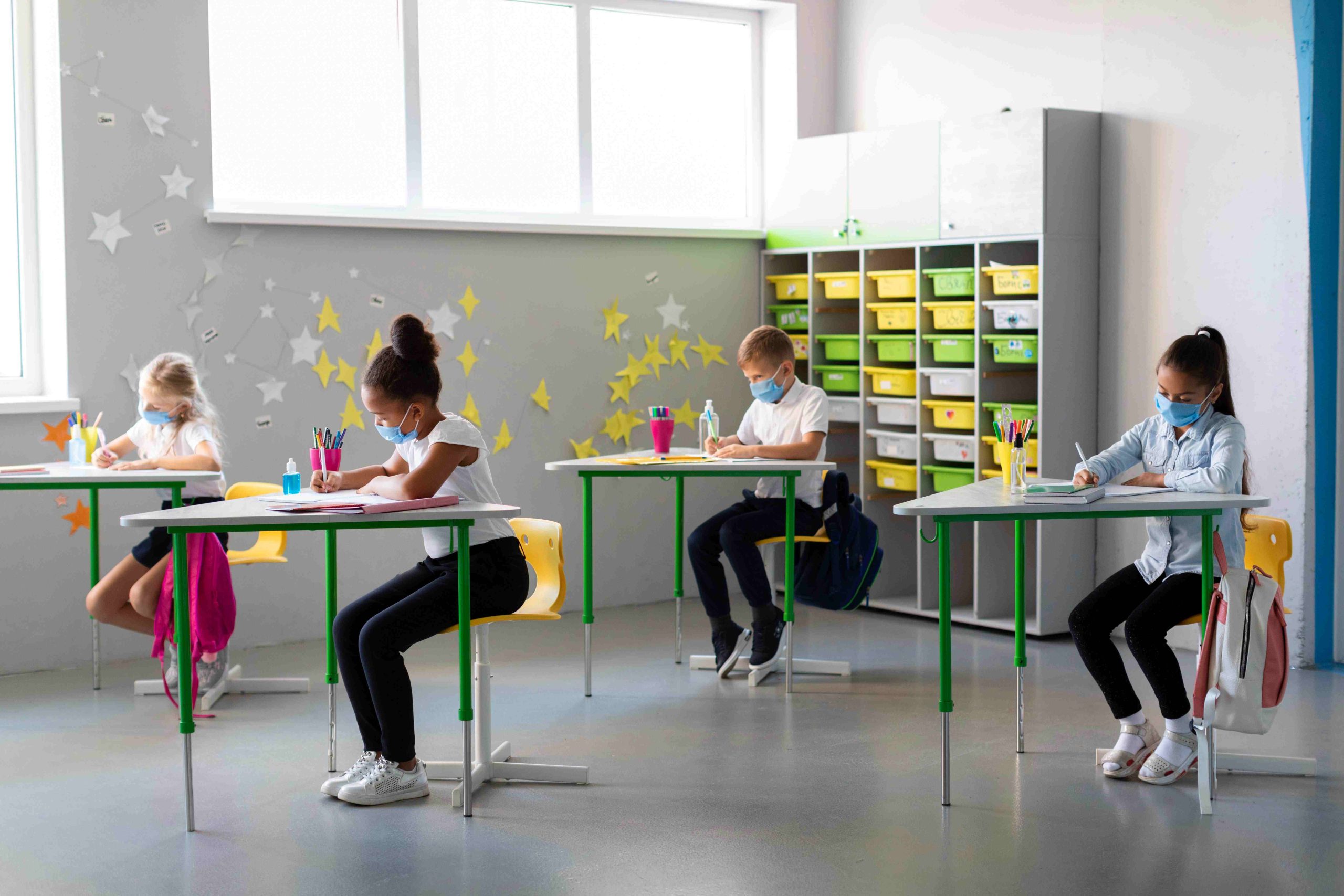The Right Size for a Preschool Classroom
Creating the perfect learning environment for preschoolers is crucial for their development. One key aspect is determining the size of the classroom. Let’s explore some factors to consider when deciding on the ideal preschool classroom size.
Age of Preschoolers
Younger preschoolers, aged three to four, need more space to move around and explore compared to older ones, aged four to five. For three to four-year-olds, a classroom size of 300 to 500 square feet is recommended. For four to five-year-olds, a size of 400 to 600 square feet works well.
Number of Preschoolers
Classroom size should also consider the number of preschoolers. Overcrowding can lead to safety concerns, while too few children may limit interaction. Aim for a class size of 10 to 20 preschoolers.
Classroom Design
The layout of the classroom matters too. It should accommodate learning centers like reading nooks and art corners, with enough space for safe play and exploration. Natural light, open spaces, and comfortable temperatures create a welcoming atmosphere.
Activities and Learning Opportunities
The type of activities offered influences classroom size. More structured activities may require less space, while open-ended ones like free play need more. Outdoor play and field trips also need extra room.
Teacher-to-Preschooler Ratio
A lower ratio of preschoolers to teachers ensures personalized attention. Aim for one teacher for every 15 to 20 preschoolers, depending on their age and needs.
Health and Safety
Considerations for health and safety include avoiding overcrowding to prevent accidents and illness. A class size of no more than 20 students is recommended.
In conclusion, finding the right size for a preschool classroom involves considering various factors such as age, number of students, design, activities, teacher ratio, and safety. By carefully evaluating these aspects, educators can create an environment that supports the optimal growth and development of preschoolers.
